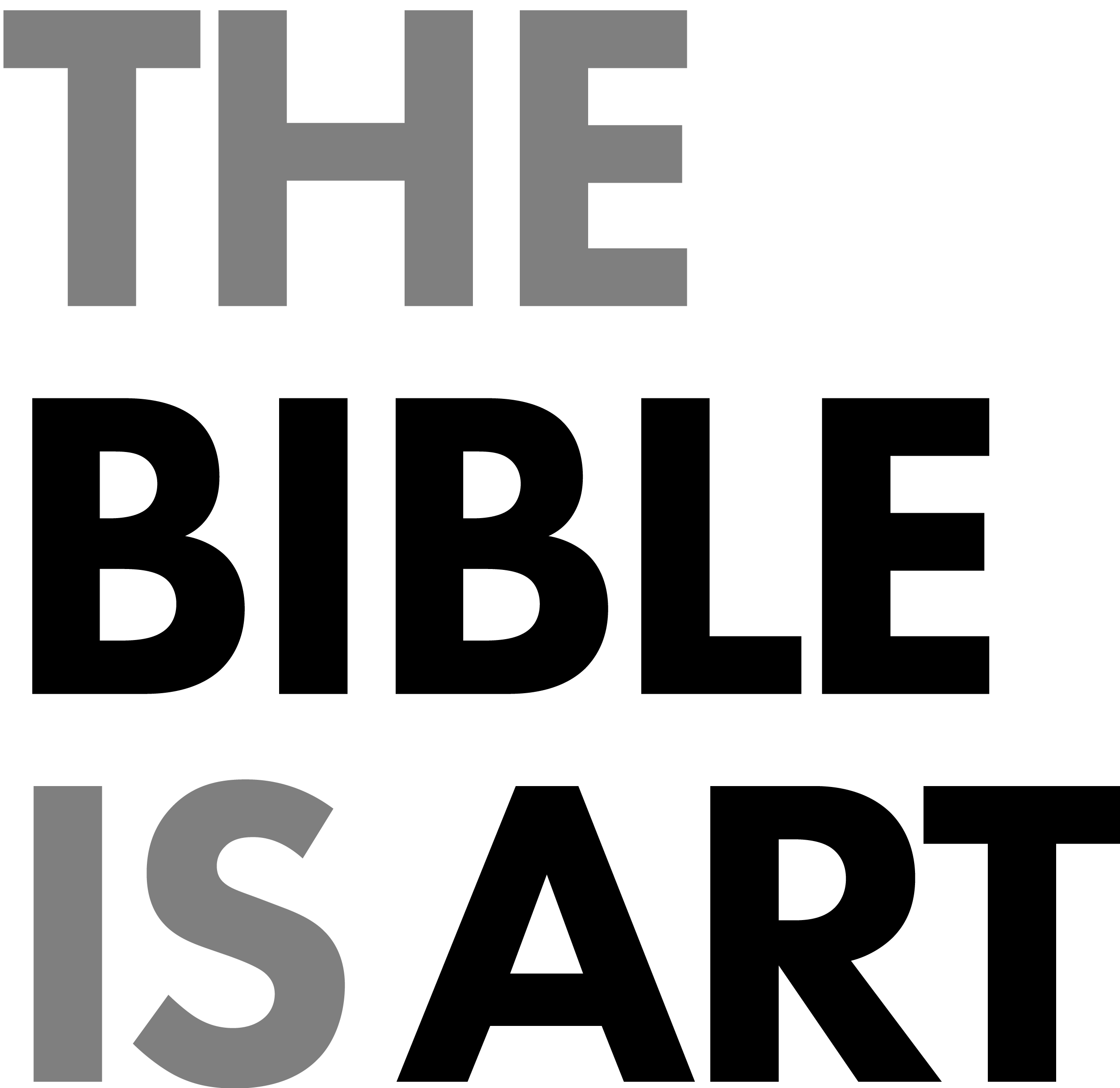The Symbolism of Beauty and The Beast
Classic fairy tales are told and retold, rewritten and dramatized innumerable times. But when you go back to the originals you often find fascinating and perplexing mysteries that have been buried in the retellings. Today we’re going to look at Beauty and the Beast.
Versions of Beauty and the Beast are present in many cultures far back in history. But most people date the story to Gabrielle-Suzanne Barbot de Villeneuve’s La Belle et la Bête. We will be looking at an adaptation from the English by Andrew Lang in the Blue Fairy Book.
Beauty and the beast is not what you think it’s about or not exactly what you think it’s about. Let’s take another example. What is the book of Job about? We might say something like there was a righteous man named Job, Satan thinks that Job only serves God because of the good things that he gets out of it so God agrees to let Satan take everything away from him, he does, then Job's friends try to tell him that all this happened because job sinned, then God comes back and gives Job his stuff back.
But the interesting thing about that simple retelling is that it focuses on the beginning and the end of the story, the vast majority of the material of Job is not there. Most of Job is the conversation between friends. So it would not be entirely inappropriate to say that Job is about a conversation between friends.
A similar thing happens with beauty and the beast. Large central section of beauty and the beast is about beauty exploring the castle of the beast. Going in and out of different rooms up and down hallways and courtyards. Now, whenever an author does this often the retelling of the story will minimize if not entirely exclude these sections.
This happens with Job. If you hear Job preached at all you’ll probably hear A few sermons on the first few chapters and a few sermons on the last few chapters and 1 or 2 on the central 30 chapters.
And there’s an obvious reason, the large middle stuff is hard, and it’s not clear on first or second reading how it relates to the story. What does Beauty’s exploring the castle have to do with the romance and transformation of the beast? But the authors are skilled and they have written the material for a reason, and there are always fascinating payoffs if we put in the literary sweat.
Now before we get to the meaning of this exploration let’s get the main story structure in mind. Beauty is in the castle because her father has stolen from the beast garden and her imprisonment is the punishment, the fulfillment of justice for that action. She begins by being frightened of the beast but in the end she will marry him. The material we are going to look at falls in between those two events. To simplify, she refuses to marry him then she explores the castle over many days and then she agrees to marry him. So in some way the exploration is the bridge that allows her to consent to marriage.
The reason for this is because the castle is a symbol of the beast. There are seven rooms that beauty explores and each of these rooms will teach her something about the nature of the beast, his interior. The first room is a room of mirrors denoting not vanity but self reflection. Then there is a gallery of pictures, then a room of every musical instrument and a library of every book. These are demonstrating that the beast is not in fact beastly in his character but cultured a man of music and letters.
There is then a room for crafts and a room of birds and animals. Beauty will also visit his garden outside. By the end of her explorations the picture of the beast is one of a comprehensive character. The castle is a fitting image for the beast because it has a hard, menacing exterior but a beautiful, cultured interior.
Even The nature surrounding the castle will exhibit this same dual character. When Beauty’s father arrives at the castle it is winter but yet the orange groves are blooming. The exterior is cold and lifeless but there must be some internal energy that invigorates the plants.
The final room that beauty explores contains nothing but seven windows with chairs beneath them. There is nothing but blackness outside the windows as if some sort of curtain is covering them. But when beauty enters in and sits down
“instantly the curtain was rolled aside, and a most amusing pantomime was acted before her; there were dances, and colored lights, and music, and pretty dresses, and it was all so gay that Beauty was in ecstacies. After that she tried the other seven windows in turn, and there was some new and surprising entertainment to be seen from each of them, so that Beauty never could feel lonely any more”
That is, as she sits down making her home in the room it comes alive, a foreshadowing of the beast both internally and externally. The room is opened up when beauty enters it and makes her home in it. The room that was originally dark and sparse is transformed by Beauty’s indwelling and engagement.
This was a brilliant literary move for another reason. While the author could have shown us scenes of her engaging with the beast, engaging with a building matches the dual character of the beast, that is a non-human, less personal exterior. And the building itself, a seemingly impersonal structure, comes alive, just like the beast.
So far from being a secondary feature of the story, Beauty's exploration of the castle serves as an elegant bridge to illumine the reasons for the transformation of beauty herself.
